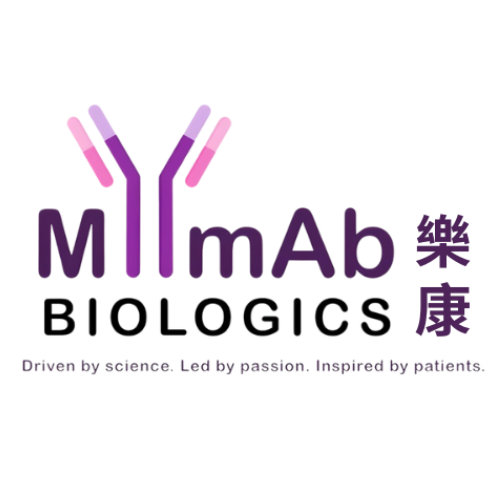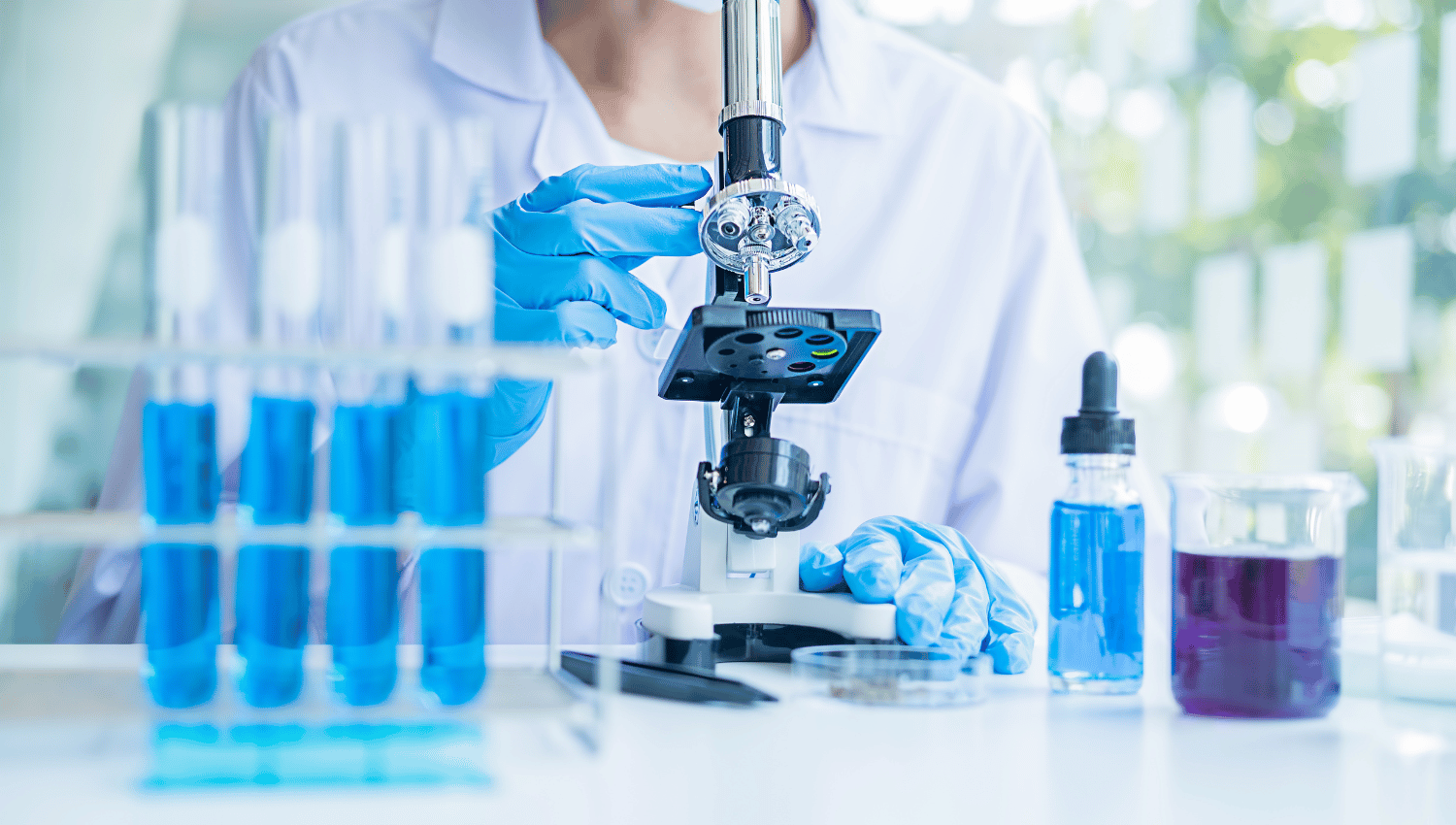Immunohistochemical Staining Breast Cancer: An Overview
Breast cancer, a prevalent concern among women worldwide, requires precise diagnostic methods to tailor effective treatment plans. Immunohistochemical (IHC) staining has emerged as a crucial tool in this endeavor, offering insights into the biological markers of tumors. In this guide, we delve into the significance of IHC staining for breast cancer, its methodology, interpretation of results, and implications for treatment decisions.
What is IHC Staining?
Immunohistochemistry (IHC) staining is a specialized laboratory technique used to detect specific proteins or antigens in tissue samples, particularly cancerous tissues. For breast cancer, IHC staining primarily identifies hormone receptors (estrogen and progesterone receptors) and the HER2 protein on cancer cells’ surfaces. These markers play pivotal roles in understanding the cancer’s behavior and guiding treatment strategies.
Importance of IHC Staining in Breast Cancer Diagnosis
Identifying Hormone Receptor Status
Hormone receptor-positive breast cancers depend on estrogen or progesterone for growth. IHC staining determines whether cancer cells express these receptors, influencing the suitability of hormonal therapies like tamoxifen or aromatase inhibitors.
Evaluating HER2 Status
HER2-positive breast cancers exhibit overexpression of the HER2 protein, which promotes aggressive tumor growth. IHC staining categorizes tumors as HER2-positive, indicating responsiveness to targeted therapies such as Herceptin.
How Does IHC Staining Work?
During an IHC test, a tissue sample obtained from a biopsy or surgery is treated with specific antibodies designed to bind to target proteins (estrogen receptors, progesterone receptors, HER2). These antibodies are tagged with dyes or enzymes that change color when they bind to their target, enabling visualization under a microscope. The intensity and pattern of staining provide insights into the quantity and distribution of the target proteins within the tissue.
Interpreting IHC Results
Scoring Systems Used in IHC
Hormone Receptor Status: Reported as a percentage (0-100%), a numerical score (0-3), or an Allred score (0-8), indicating the proportion and intensity of stained cells. Higher scores correlate with increased receptor expression.
HER2 Status: Classified into 0, 1+, 2+, and 3+ scores. Scores of 0 or 1+ denote HER2-negative status, while 2+ indicates borderline and requires further testing (e.g., FISH). A score of 3+ confirms HER2-positive status, guiding treatment decisions involving HER2-targeted therapies.
Clinical Implications and Treatment Decisions
Tailoring Treatment Strategies
- HER2-Positive Breast Cancer: Treatment typically includes HER2-targeted therapies combined with chemotherapy, significantly improving outcomes for patients with aggressive tumors.
- Hormone Receptor-Positive Breast Cancer: Hormonal therapies are effective in reducing the growth and recurrence of hormone receptor-positive tumors, often combined with targeted therapies to enhance efficacy.
- Triple-Negative Breast Cancer: Lacking hormone receptors and HER2 overexpression, these cancers necessitate aggressive treatment modalities such as surgery, chemotherapy, and radiation.
Conclusion
Immunohistochemical staining is integral to the comprehensive assessment of breast cancer, providing critical information that guides personalized treatment approaches. By determining hormone receptor and HER2 status, IHC helps oncologists optimize therapeutic strategies, improve patient outcomes, and tailor treatments to individual cancer profiles.
In essence, understanding the role of IHC staining in breast cancer underscores its significance in modern oncology, where precision and personalized medicine are paramount.
MYmAb Biologics provides high-quality and affordable IHC staining services with the goal of advancing cancer research. Feel free to contact our team to understand more.

